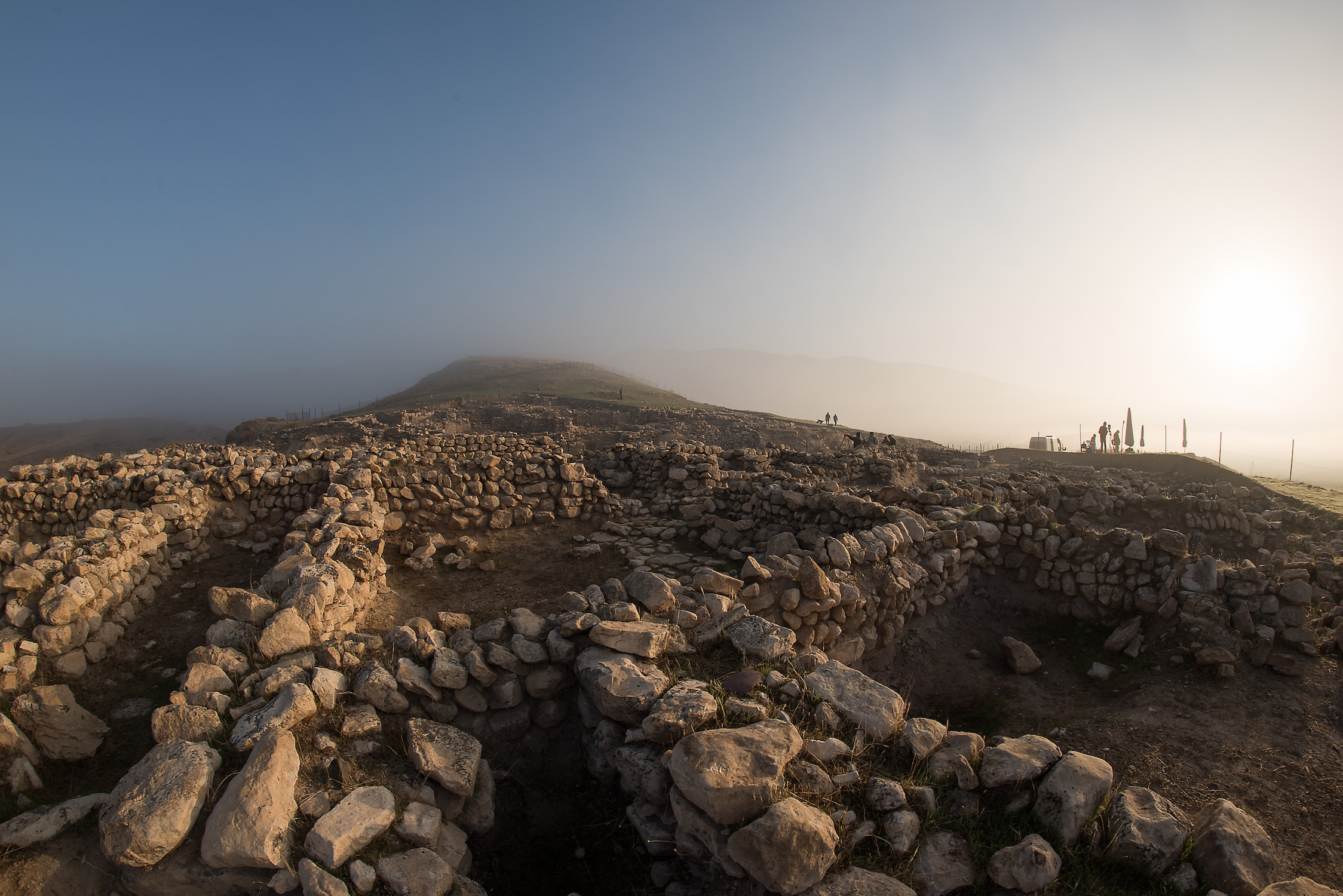“SARAT” stands for “Safeguarding Archaeological Assets of Turkey”, a project whose goal is to increase knowledge, capacity, and awareness about protecting Turkey’s archaeological assets. SARAT engages in many different education and research-related activities in line with this goal.
The SARAT project is being overseen by the British Institute at Ankara (BIAA).
BIAA is partnered and works together with Koç University Research Center for Anatolian Civilizations (ANAMED) and with the national branch of the International Council of Museums in the UK (ICOM UK) in the conduct of this project.
The SARAT project is funded by the British Council's Cultural Protection Fund* (CPL-O69-16) in partnership with the Department for Digital, Culture, Media & Sport.
What are we safeguarding and why?
The geography of the Middle East in general and Turkey in particular harbour extraordinary material evidence of humanity’s journey towards civilisation. This evidence ranges from the earliest villages and cities to the first states and empires. All of today’s megalopolises, complexities of social life, specialisation through the division of labour, and industrial and technological capabilities are the products of a step-by-step process of filtering and handing down the achievements of previous civilisations. The first plough, the first wheel-made pottery, the first inscribed clay tablet, and the first minted coin were all among the landmarks of this amazing adventure of humanity that reached to the digital age of the 21st century.
Sometimes however it may be hard to realise what stone, earth, and mudbrick are telling us about how we arrived at today’s megalopolises from prehistoric villages like the one at Çayönü and the earliest temples like the one at Göbeklitepe. Over the millennia, the archaeological heritage of all humanity has suffered: sometimes from natural disasters and from treasure-hunters and looters, sometimes from the spread of cities and farming, and sometimes from just lack of interest. To many people nowadays, antiquities are just “merchandise” and archaeological sites are just “boring ruins”.
How are we safeguarding it?
Protecting this heritage against both natural and human threats requires more than the efforts of experts and institutions: it’s possible only by increasing public awareness of the problem and making across-the-board changes in public attitudes.
That is exactly why SARAT makes a comprehensive effort to connect with audiences ranging from professionals to administrators and from media organizations to collectors in order both to raise public awareness about archaeological assets in Turkey and to build capacity among archaeology-concerned professional groups.
This is because archaeology touches upon and nourishes so many different areas that awareness in them all can be created only through joint action that takes a multidimensional point of view: the knowledge of an archaeologist or museum administrator may rescue archaeological assets that are thousands of years old; the commitment of a journalist may correct nonsense in people’s minds about imagined mysteries of the past; a change of attitude in a collector may prevent an antiquity from changing hands illegally. It is only through widespread and genuine public awareness that archaeological assets can be safeguarded against harm and loss.
* The £30m Cultural Protection Fund set up by the Department for Digital, Culture, Media and Sport in June 2016 (with funding committed until 2020) to protect cultural heritage at risk in twelve target countries in the Middle East and North Africa. It is managed and delivered by the British Council. Please visit the website to view all CPF funded projects.
